Why Sangin's fall to the Taliban matters
- Published
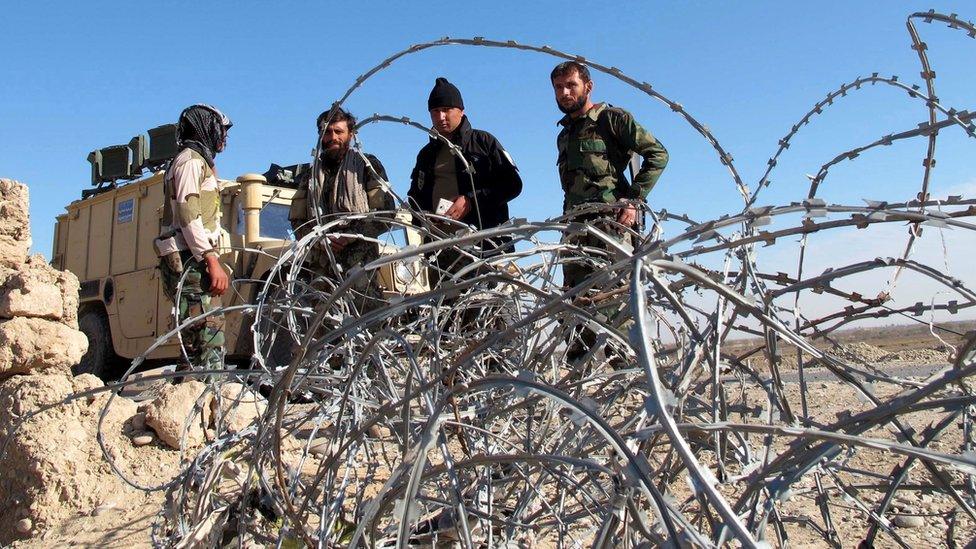
Afghan forces have been under intense pressure from the Taliban in Helmand
The Taliban's capture of the strategically-located Sangin, once considered the deadliest battlefield for US and British troops in Afghanistan, will increase the group's mobility in the north of the province and give it control of an important supply line with the provincial capital Lashkar Gah
The Taliban has already captured a few of the 14 districts of Helmand, which borders Pakistan. According to some estimates, the insurgent group now controls more than half of the province, which produces the bulk of Afghanistan's lucrative opium crop.
Reports say that the Afghan security forces pulled out overnight from the district headquarters and the main bazaar, after the Taliban launched a major attack.
The Taliban insurgents had been trying to capture the Sangin headquarters for two years.
Symbolic gain
The Afghan soldiers and police who had been fighting hard to repel the repeated attacks by Taliban fighters, at times complained about not receiving reinforcements and being short of ammunition and food.
The fall of Sangin, one of the most heavily-populated districts in Helmand, also indicates the Taliban's growing strength in the south, and has a symbolic significance for the US-Nato led mission in Afghanistan.
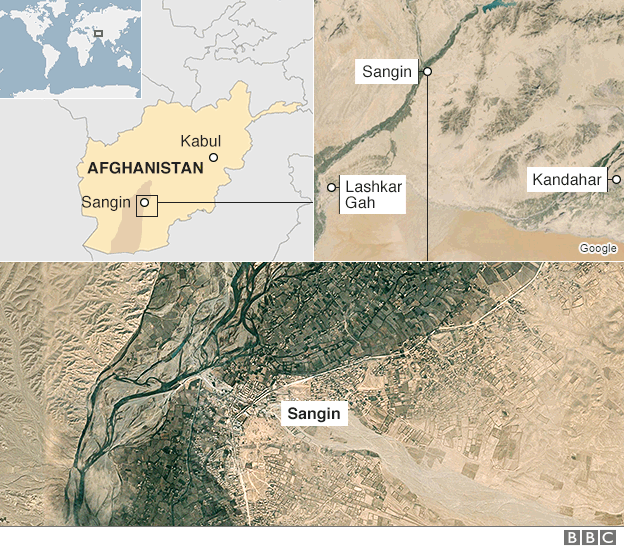
Sangin district was perhaps the most dangerous and deadliest for all sides involved in the war in Afghanistan.
Both the US and UK lost more soldiers in Sangin than in any of around 400 other districts in Afghanistan.
Of the 456 British lives lost in Afghanistan since 2001, most of them - more than 100 - were killed in Sangin over a period of four years.
Tactical retreat
British forces were deployed in Helmand province in 2006 to secure it and prepare the ground for good governance and reconstruction.
Although some progress was made by the more than 10,000 British troops based there, the fighting soon intensified, resulting in the death of many Afghan and British forces as well as civilians.
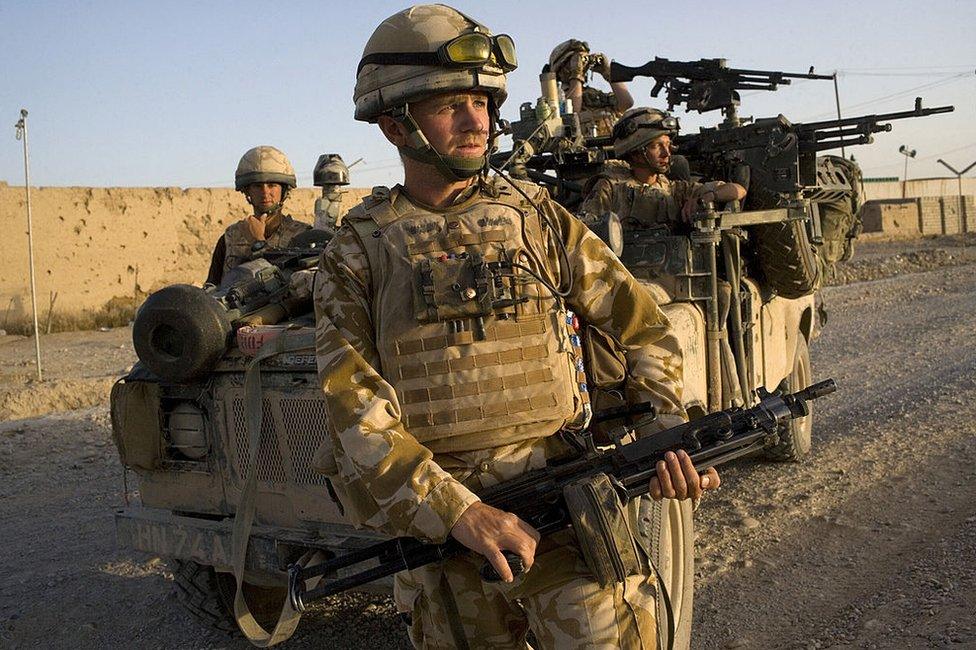
British troops pulled out of Sangin in 2010
By 2009, the then Afghan president Hamid Karzai and American officials expressed dissatisfaction with the British performance.
In 2010, thousands of US Marines were deployed to replace British troops and responsibility for security was transferred from the UK to the US in several areas of Helmand, including Sangin, Nawa, Garmsir, Marjah, Khanshin and Nawzad.
Within the first 90 days of their deployment, around 20 US Marines were killed in Sangin.
Since responsibility for security was handed over from international forces to the Afghan government in 2014, hundreds of Afghan forces have lost their lives defending Sangin.
The fight to capture Sangin also took the lives of more Taliban fighters than any other battle for territory in Afghanistan.
Afghan forces say they have made a tactical retreat from the centre of Sangin, which has been fiercely fought over for more than a decade.
The Taliban's capture of Sangin will also have a destabilising effect on neighbouring Kandahar, a province of huge strategic and political significance, and whose capital is Afghanistan's second-largest town.
What next?
The fall of Sangin is an indication that this year's fighting season might be even tougher as the group is planning to push even harder to expand its footprint throughout the country.
The Taliban now controls more territory than at any point since the US-led invasion in 2001 which toppled its regime.
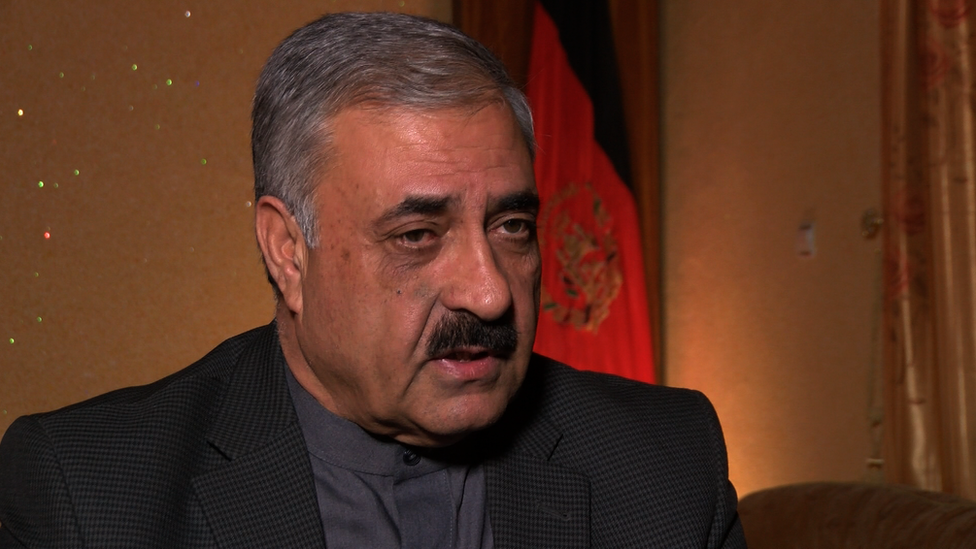
Helmand governor Mirza Khan Rahimi had insisted that the Taliban would be beaten back
The loss of Sangin underlines the challenge facing the Afghan government and its Western allies, who, according to US military officials are in a "stalemate" with the Taliban.
The new US President Donald Trump has yet to announce his Afghanistan strategy, but it is likely to involve sending a few thousand more troops to help the approximately 13,000 personnel from Nato allies and partner countries currently based in the country.
There are two possibilities now.
The Afghan forces, with the help of US Special Forces and aerial bombing, might try to recapture the district as seen in some other parts of the country.
Or the government will leave it to the Taliban, as they have done in a few other districts in Helmand, and focus on defending Lashkar Gah.
- Published23 March 2017

- Published12 January 2017

- Published13 January 2016
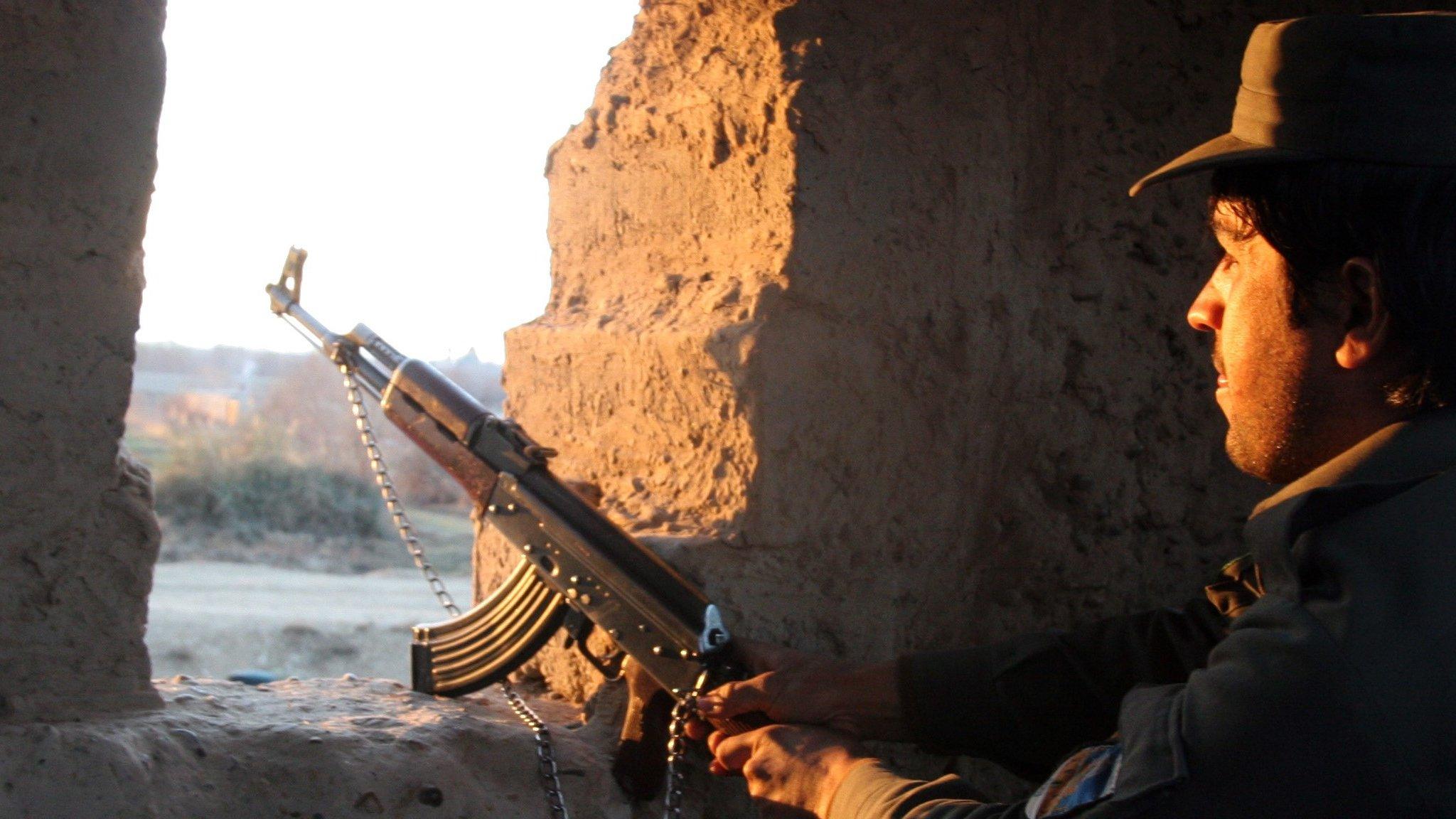
- Published12 August 2022

- Published22 December 2015
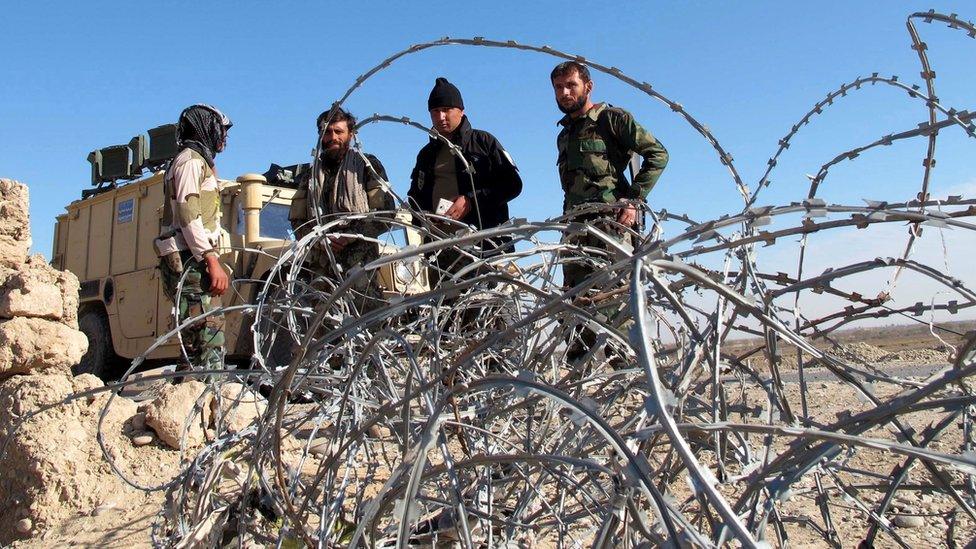
- Published21 December 2015
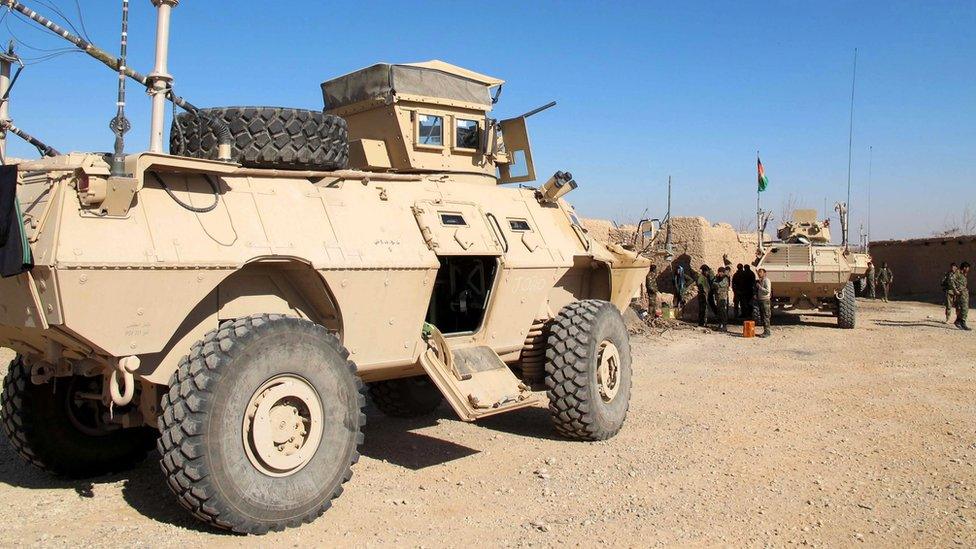
- Published20 September 2010